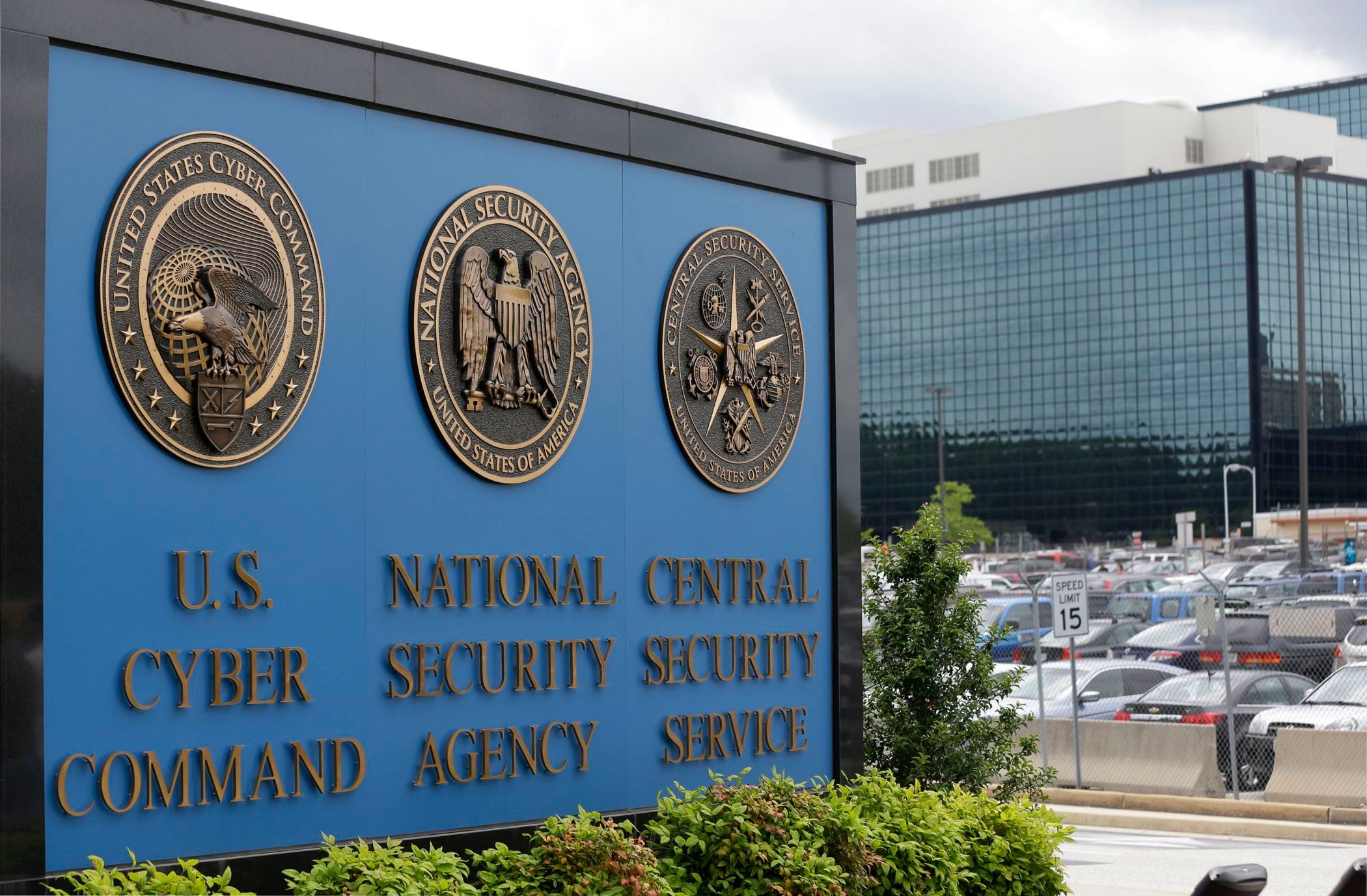The U.S. faces significant challenges, including climate change, cyber threats, resource scarcity, and global health crises. To address these and many other issues, the nation has long attracted international scientists to collaborate on scientific and technological breakthroughs.
Well known examples include the Human Genome Project, space exploration, Silicon Valley, and biomedical research. Further, in the ever-evolving landscape of science and innovation, the U.S. stands as a beacon for global talent, attracting brilliant minds to its research institutions and universities. This influx of international scientists and engineers has undeniably enriched the nation’s scientific endeavors, leading to countless breakthrough discoveries, transformative innovations, and advancements.
However, amidst the celebration of diversity and collaboration lies a growing concern – the need to balance the openness of the U.S. research enterprise and maintain the nation’s competitive edge on the global stage with the imperative to safeguard national security interests.
Revelations and discussions from this year, as articulated in a GAO Report on Research Security released in January 2024; in remarks made by the Director of National Intelligence, Avril Haines, in her March 2024 testimony before the Senate Select Committee on Intelligence; and in widely reported revelations by the FBI, have highlighted the potential risks associated with foreign researchers working on sensitive projects.
Now, especially as we approach the election, the conversation has turned to how best to protect intellectual property and prevent the unwanted compromise and nefarious exploitation of critical technology by foreign adversaries and other bad actors, including terrorist groups and those that mean to do harm to our national well being. While this is not an easy tension to navigate, it is one we can indeed manage consistent with our national values as we continue to forge ahead with advanced scientific research and technology development to the benefit of all people, everywhere.
At the heart of the matter lies the challenge of finding a solution that does not stifle the flow of talent while ensuring that the nation’s interests are protected. This delicate balance requires a departure from conventional approaches to risk assessment, which often rely on simplistic country-based criteria or blanket restrictions that paint various foreign researchers with the same brush of suspicion.
Instead, what is needed is a nuanced and agile approach – one that leverages technology to identify and mitigate potential risks swiftly and effectively and supplements the work that teams focused on innovation and national security are already doing. Enter the concept of a triage tool – a sophisticated mechanism that incorporates AI capabilities designed to assess the risk posed by international scientists and engineers while expediting the entry of low-risk individuals into the U.S. research ecosystem.
The ideal triage tool, tied to policy that favors the fast tracking of the many scientists who will provide valuable contributions without jeopardizing national security, would possess several key attributes: it must operate without bias, respecting the diversity of backgrounds and nationalities among applicants; it should be automated, ensuring swift processing and scalability without compromising accuracy; and it must prioritize privacy, abstaining from intrusive data collection methods such as biometrics or personally identifiable information.
Furthermore, the tool should complement existing vetting processes, seamlessly integrating into the fabric of U.S. research institutions and agencies. It should be cost-effective, offering significant savings in both time and resources while delivering reliable results with minimal false positives or negatives.
By implementing such a tool, the U.S. can achieve a delicate balance between fostering international collaboration and protecting its national security interests and by establishing robust mechanisms for protecting sensitive information, the U.S. can bolster trust and encourage fruitful collaboration between domestic and international partners. This would not only enhance the experience of foreign researchers seeking opportunities in the U.S. but also provide reassurance to domestic institutions and agencies tasked with safeguarding sensitive information.
The U.S. stands at a crossroads, where the nurturing of global talent is not merely an option but a strategic imperative. Embracing international scientists and engineers is not only a testament to our commitment to excellence but also a catalyst for driving forward the frontiers of human knowledge and ingenuity. In the end, it is not about erecting barriers or shutting the door to international talent – it is about striking a harmonious chord between openness and vigilance, rather than a forced tradeoff between the two.
By embracing innovation in risk assessment and vetting processes, and thereby welcoming the contributions of international talent, the U.S. can continue to lead the world in scientific discovery, address the existing skill gaps, foster global collaboration and culture exchanges, while safeguarding its technological edge for generations to come and fortifying the country’s position as a leader in innovation.
Donald (Don) J. Blersch is Clearspeed’s SVP of Government Innovation. With multi-agency experience, including NASA, the National Oceanic and Atmospheric Administration (NOAA), Central Intelligence Agency (CIA), the Office of the Director of National Intelligence (ODNI), the National Reconnaissance Office (NRO), the Missile Defense Agency (MDA), and the U.S. Department of State’s Bureau of Diplomatic Security, Blersch led the implementation of technology innovation while advising the executive leadership bench on a wide range of security disciplines, enabling the department to meet vital national security responsibilities with a well-vetted and trusted workforce, hyperfocused on the protection of sensitive, classified information.





